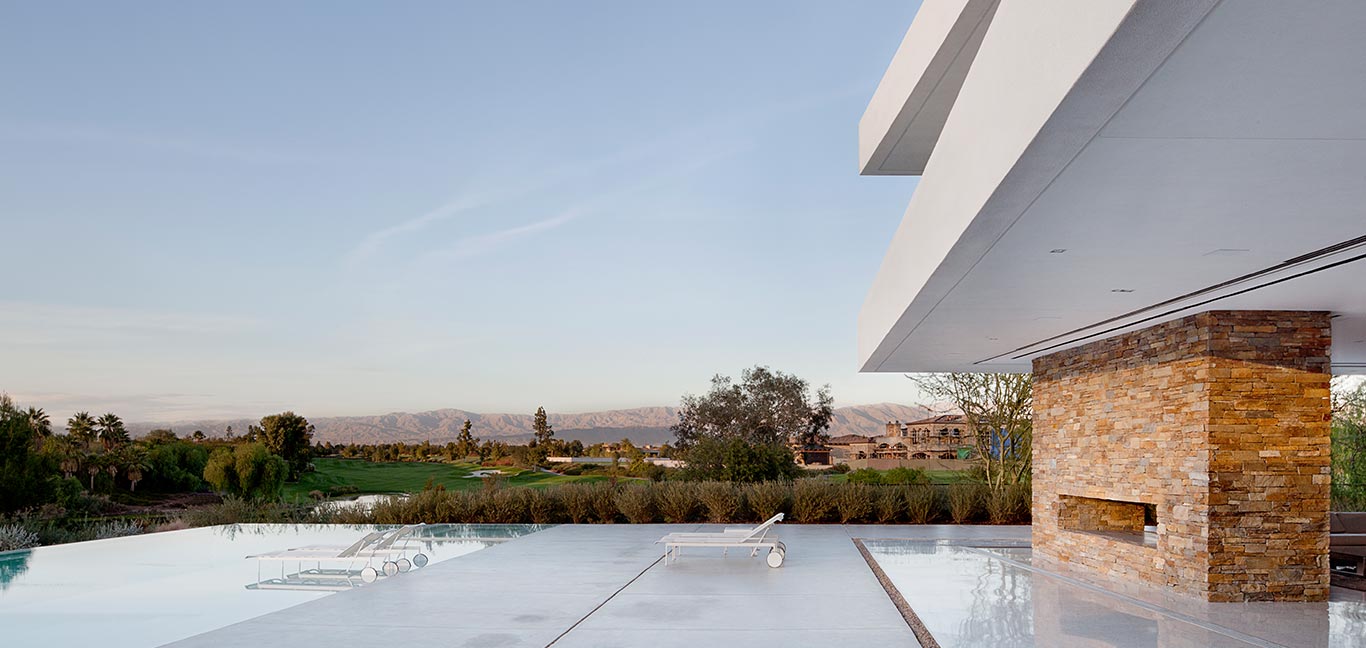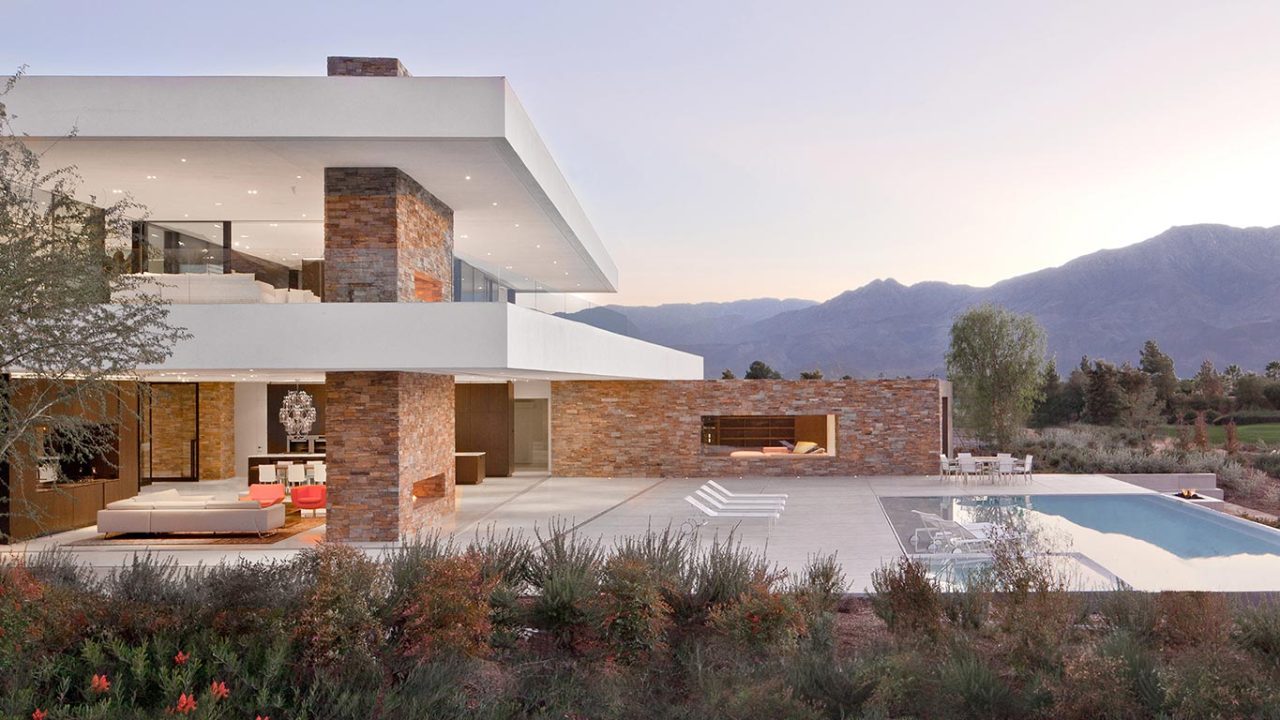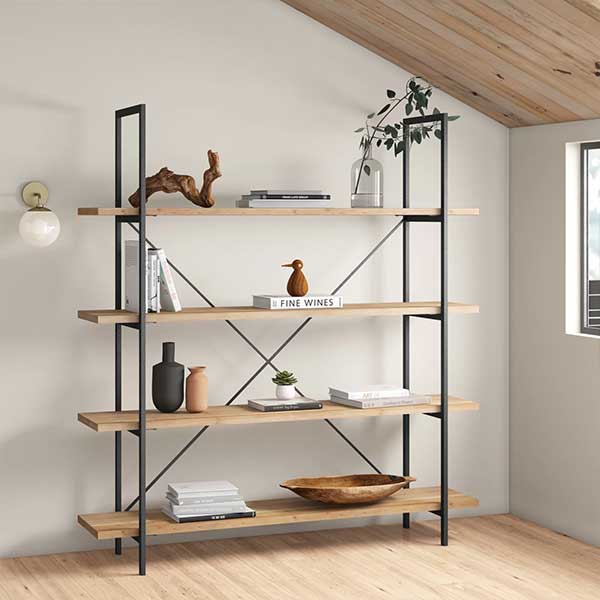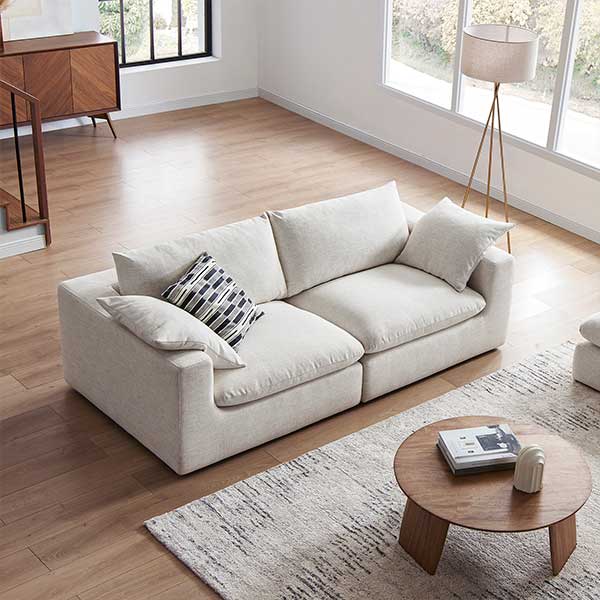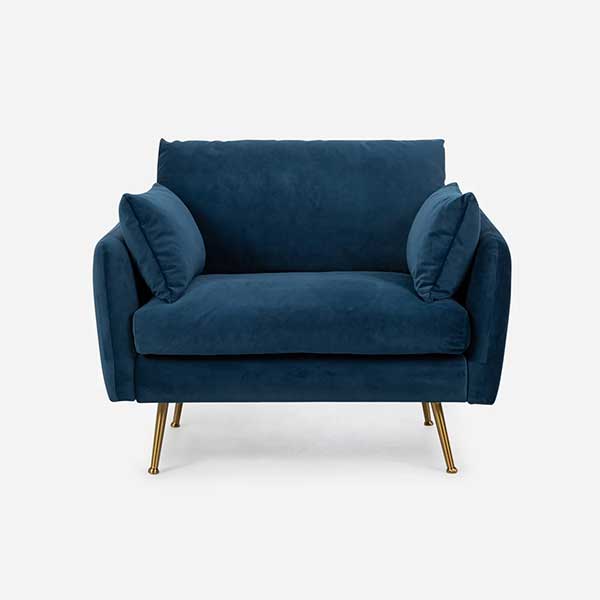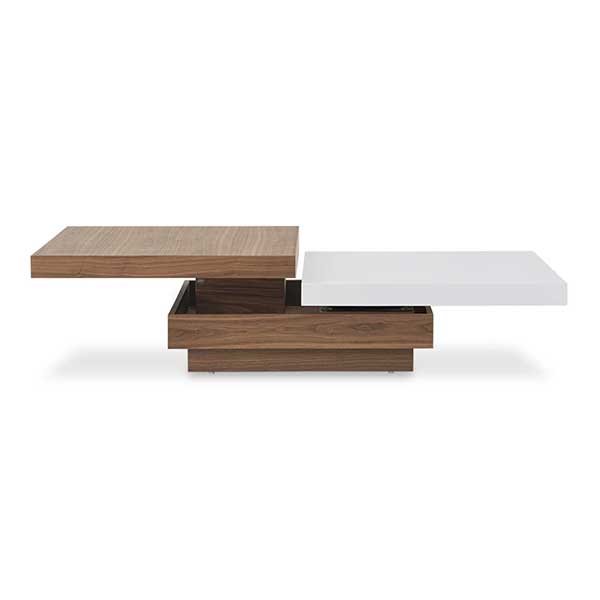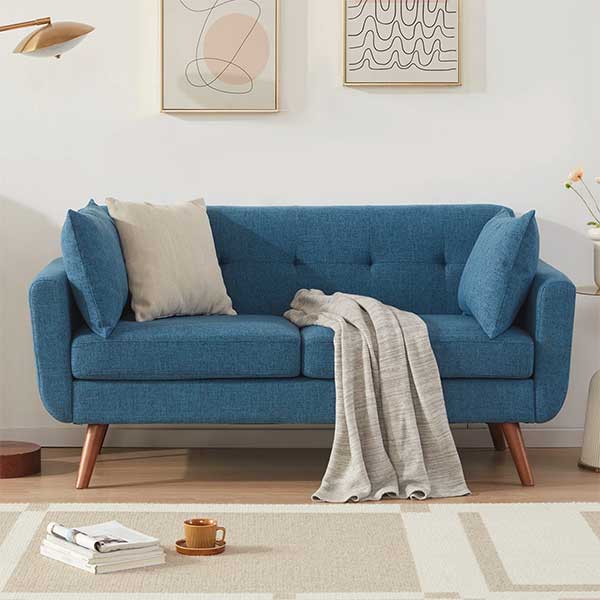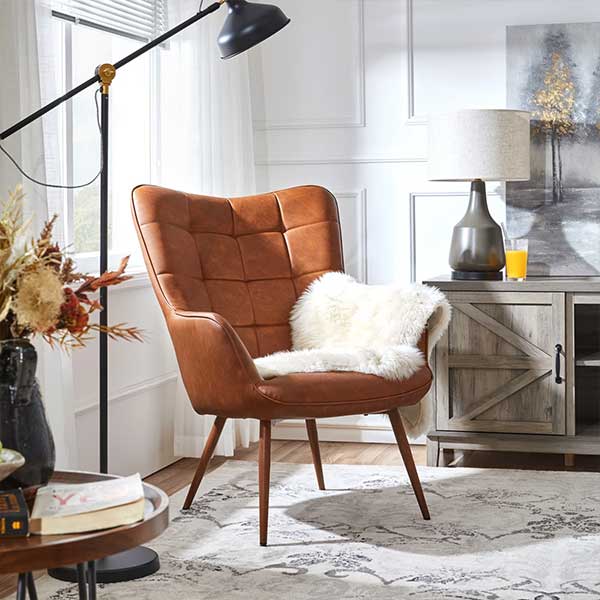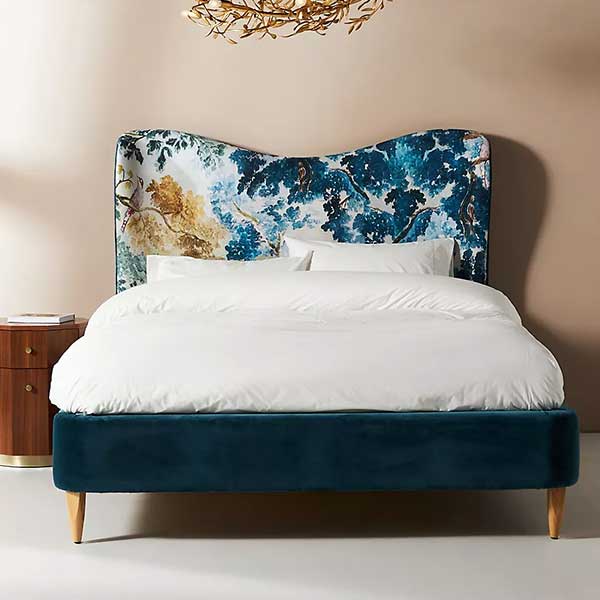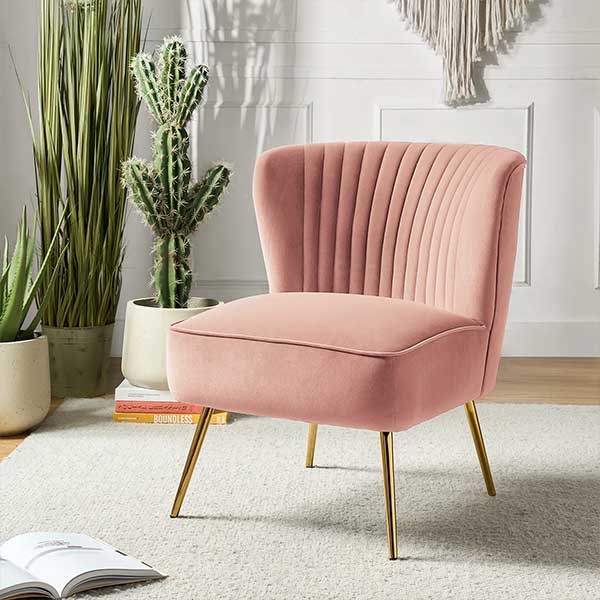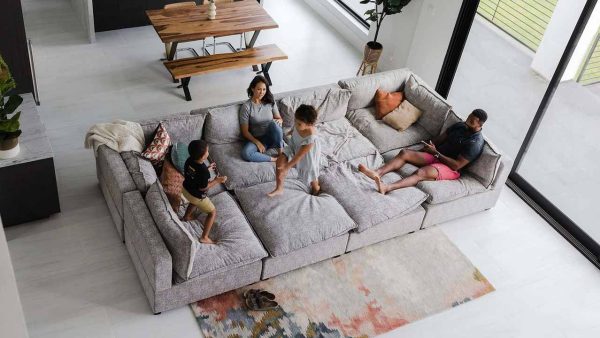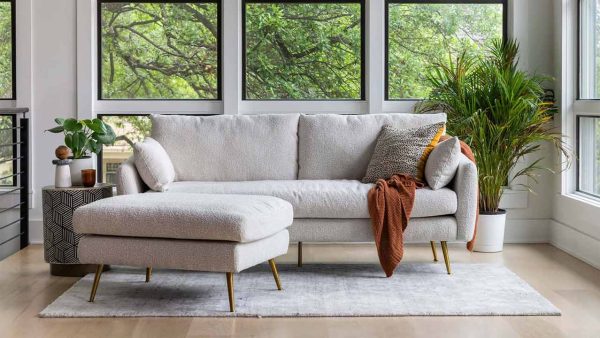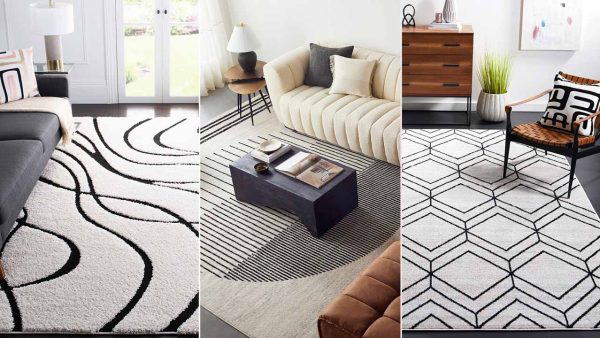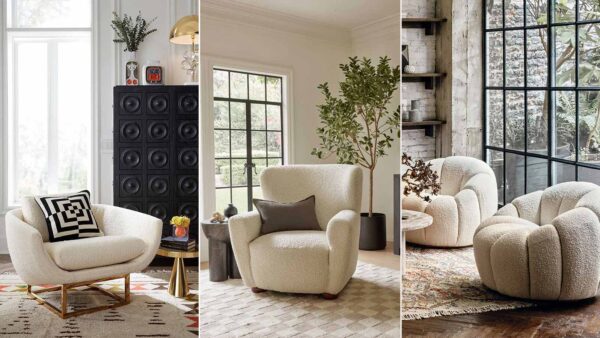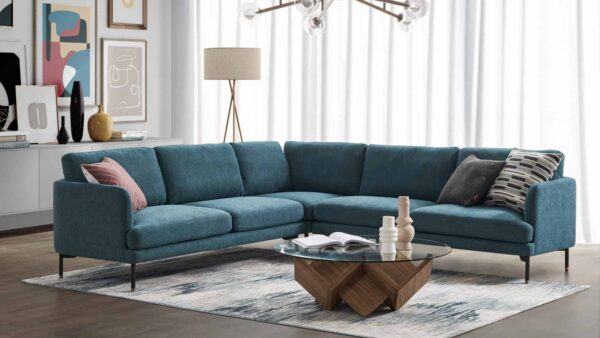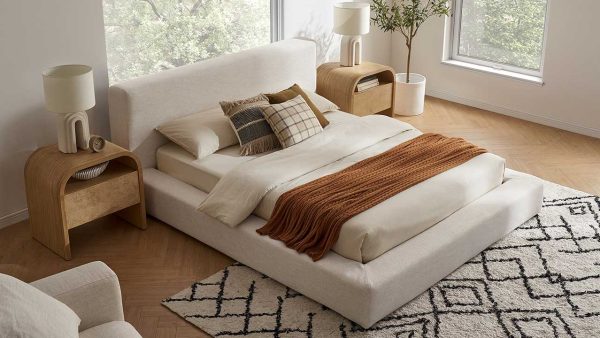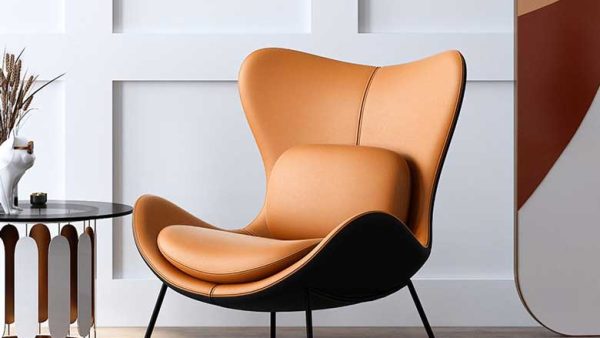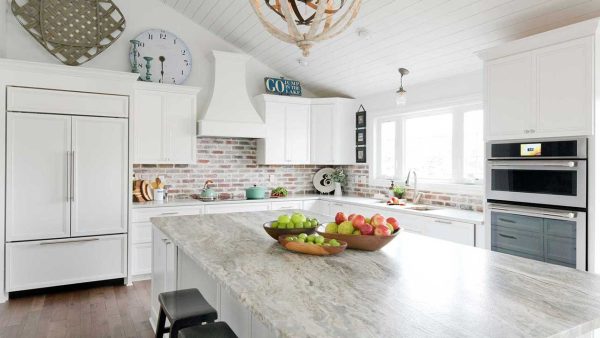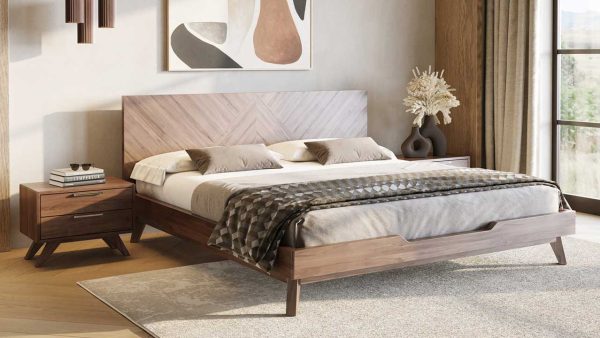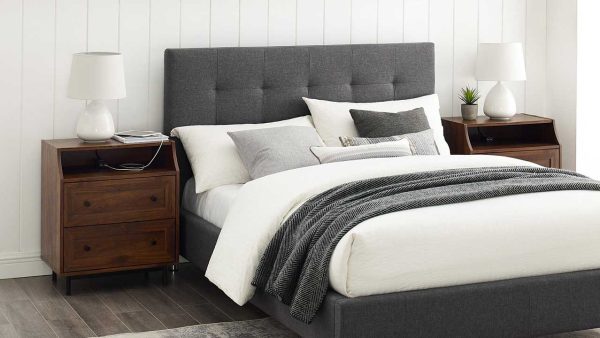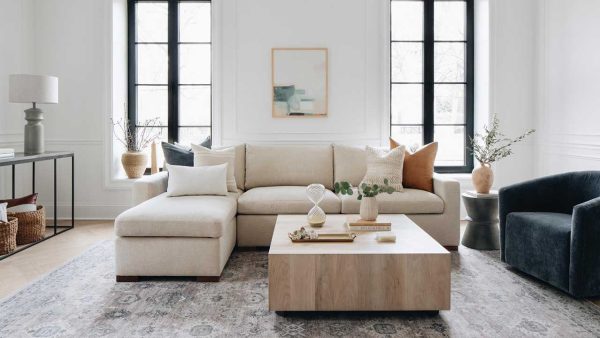A marvelous house in La Quinta, California by XTEN Architecture
Designed by XTEN Architecture, this marvelous house is perched on a knoll directly facing the Santa Rosa Mountains in La Quinta, California. While Palm Springs is 30 miles to the East, this area is known historically as horse country, with stables, fields and mountains all around. The local microclimate is characterized by dualities: extreme summer heat and severe winds on the one hand; temperate winter months and spectacular natural beauty on the other.
Entitled Madisonhouse, the project’s concept was developed after considering the site’s numerous dualities. In order to shelter the occupants from the extreme desert conditions, the massing and materiality of the Californian house are configured to protect against the sun and the harsh Northerly winds. The house opens completely along an East-West axis culminating in a spectacular indoor-outdoor living space with full height glass walls that slide away to embrace the desert landscape, light and mountain views.
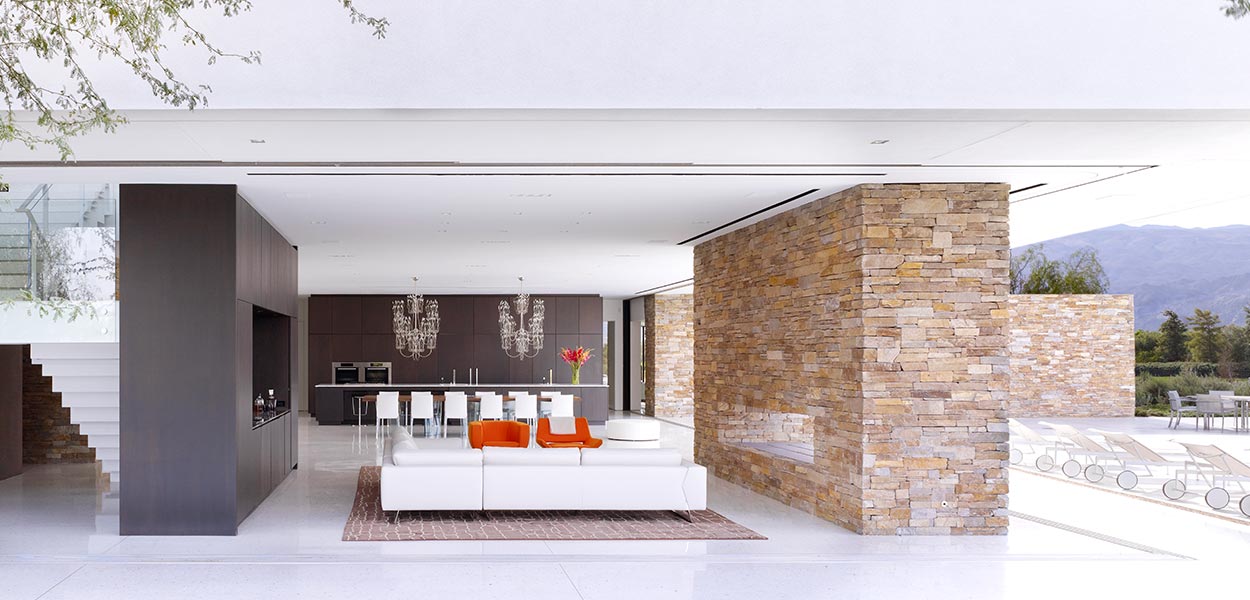
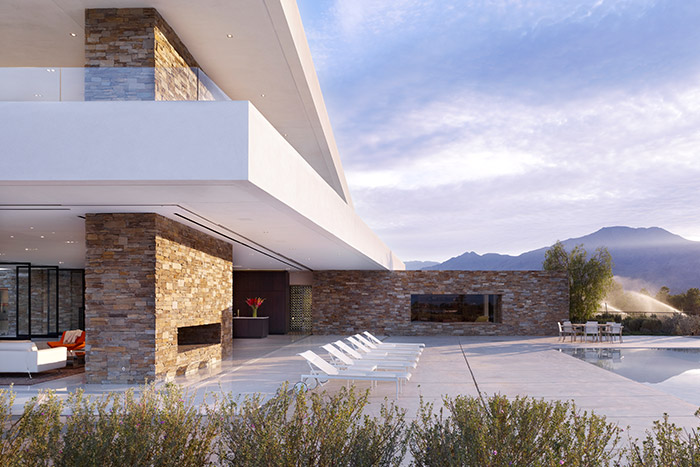
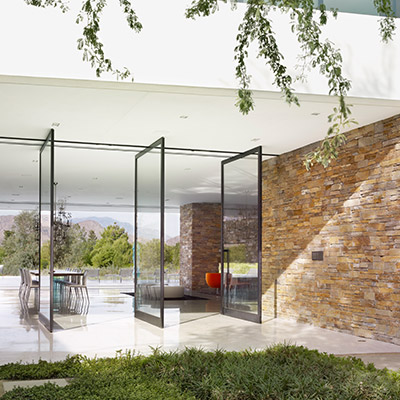
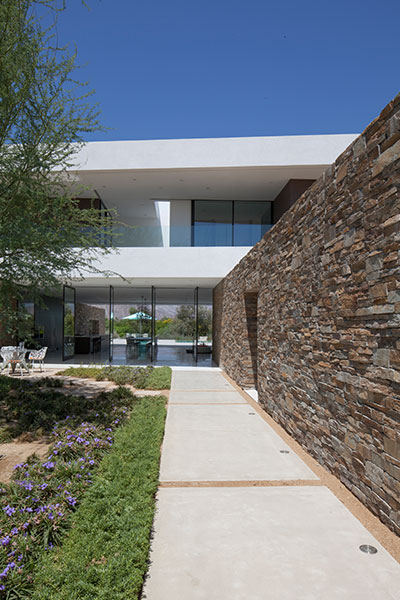
The Madisonhouse was conceived as a series of freestanding volumes set beneath and between dominant horizontal slabs. These freestanding volumes in stone, concrete and oak are spaced and configured to create the different scales of indoor-outdoor space that flow between them.
To the South a large volume containing service spaces buffers the house against the solar gain, and opens to the courtyard, the kitchen area and at both ends. To the North a volume containing bedrooms creates a windbreak to severe winds that can reach 100mph. These volumes frame a courtyard, the main entry gates and a series of glass pivot doors, the main entry to the house.
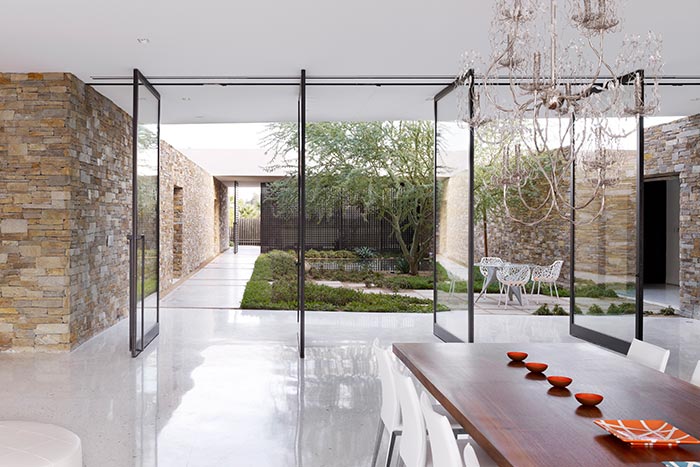
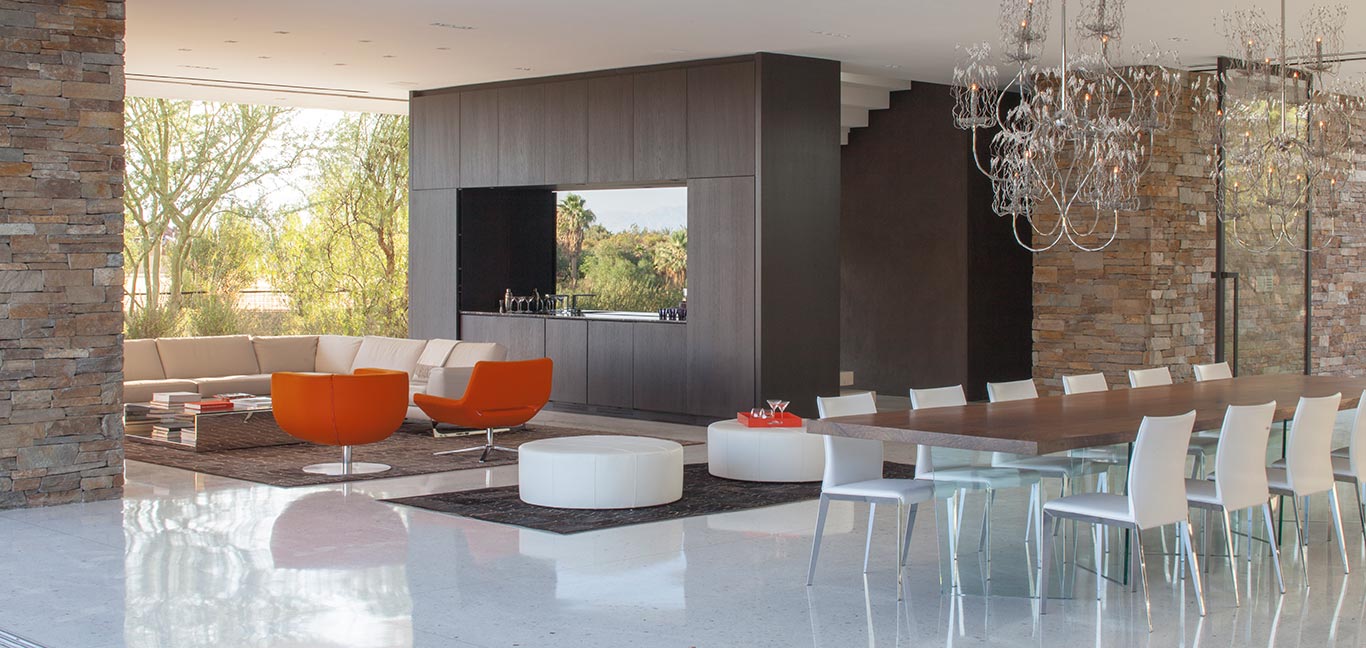
An East-West shift in these volumes creates the space for an open kitchen/ dining/ living area that expands laterally across the entire West elevation. This is the main space of the house and it opens completely to the landscape. Glass doors on three sides pivot open or slide away and disappear into hidden wall slots. The terrazzo floors and white plaster ceiling extend the space horizontally out the landscape. Separate secondary volumes – a stone fireplace, a dark oak kitchen, a 30-foot long wood and marble island, an oak cabinet and floating cast terrazzo stairs - anchor the space and conceal all the structure and systems required for the large spans and cantilevers.
A partial second storey bridges the lower volumes and contains the master bedroom suite and an outdoor terrace/ fireplace area. The spaces on this floor are also configured with strong volumetric, solid/void relationships to create a free flowing indoor-outdoor series of spaces opening to the landscape.
"The volumes mark the space but do not define it, allowing the space to leak out to the landscape, and the landscape to become an integral and dynamic part of the house," explained the architects.
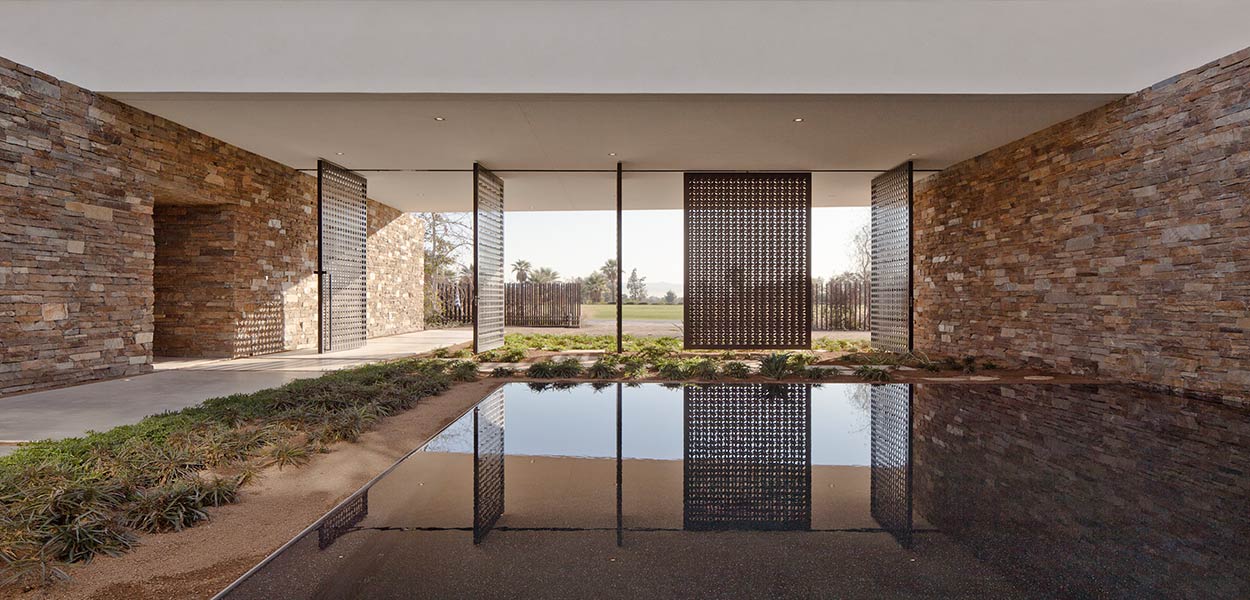
Unlike XTEN Architecture’s spectacular Hollywood Hills mansion, this Californian house was designed to be more than just passively environmental. Building components, assemblies and fixtures were selected to achieve environmental goals. Insulated Concrete Formwork (ICF) walls were used throughout the project, creating super-insulated R60 assemblies.
Four-foot thick stone and concrete walls, deep glazing recesses and large cantilevered overhangs were calculated to shield the house from massive desert solar gain. The house opens in every direction to draw air through a second storey thermal chimney. The courtyard reflecting pool and main pool provide evaporative cooling for the ground floor areas. High-performance glass, high-efficiency mechanical systems, fixtures and photovoltaic panels further reduce the energy profile of the house.
"Like the desert climate itself, the Madisonhouse is a study in dualities. Large open and fluid spaces are framed by massive solid and fixed elements," explained the architects.
There are only seven materials used throughout the house: terrazzo, concrete, stone, plaster, oak, marble and glass, but they are used in a multiplicity of ways indoors and outdoors throughout the house.
The exterior walls of the Californian house are designed to blend into the desert landscape. The stone walls are quarried locally, and anchoring the building to its site and to the adjacent mountains. The white horizontal rooflines float above and cantilever beyond these walls, a series of strong sculptural lines that relate to the scale and the horizontality of the desert, further connecting the house to its natural surroundings.
Photography by: Jeremy Bitterman
